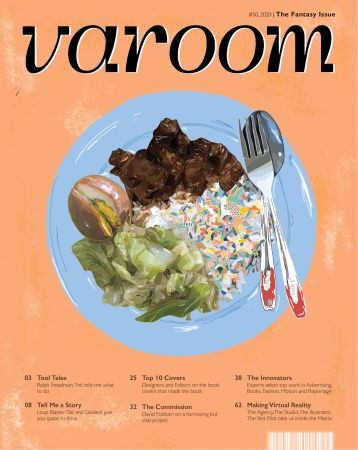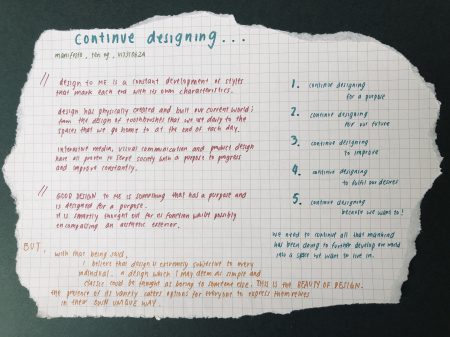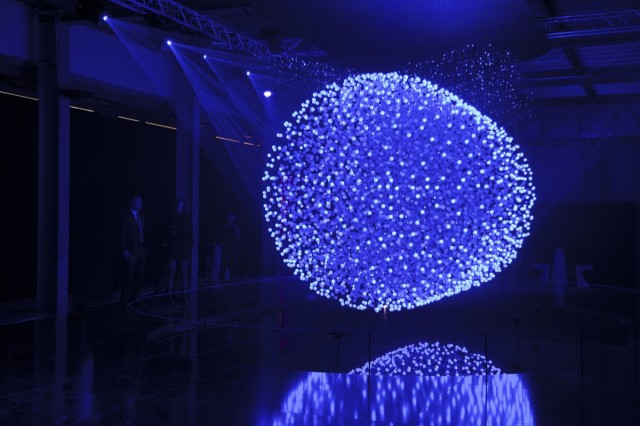
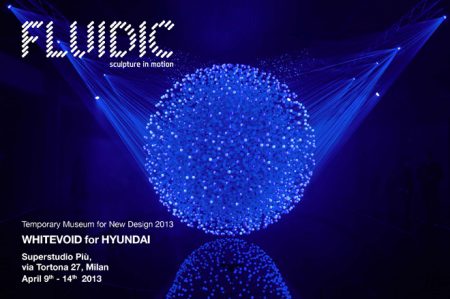
https://www.whitevoid.com/tag/fluidic/
FLUIDIC – Sculpture in Motion is a kinetic laser light sculpture created by Hyundai Motor Co. with WHITEvoid, an interactive design company and kinetic artist Reuben Margolin. This installation exhibited in 2013 won a prestigious Red Dot award for communication design. Comprising of 12,000 translucent spheres attached to almost invisible strings that act collectively as a screen and surrounded by 8 high powered lasers, the sculpture is suspended over a pool of water. This pool of water provides a reflective surface that mirrors the lit up sculpture. Within the world of multimedia concepts, I think that FLUIDIC includes traits of interactivity as well as immersion to certain extents.
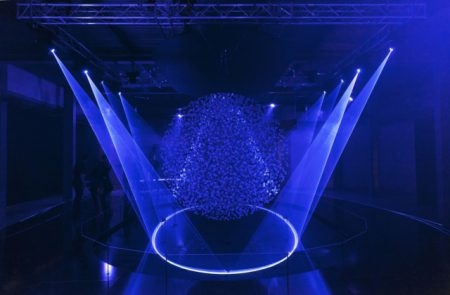
http://www.creativeapplications.net/featured/fluidic-sculpture-in-motion-by-whitevoid/
The set up of this exhibition is amongst a darkened space whereby the viewer’s eyes will adapt to the dim lighting over time. Leading up to the core installation, there are also wide curved cascading podiums. (as seen in the image above) Clearly, the detailed considerations going into the exhibition space as a whole plays a very important role in the viewer’s experience as I would consider it an immersive one. Although the application of immersion here doesn’t exactly fit the definition of immersion as according to Ivan Sutherland in The Ultimate Display, “A display connected to a digital computer gives us a chance to gain familiarity with concepts not realizable in the physical world.”, immersion, in this case, refers more to the idea of having your senses immersed in a space that is slightly altered from your everyday space. One where your body will readjust from when you leave the exhibition.
Its performance begins with a recreation of virtual rain with the lasers, followed by an interactive segment whereby the human presence creates three-dimensional visuals. A 3D scanning system that registers body warmth has made its interactivity possible. Anyone involved in interacting with the switches become unwitting ‘puppeteers’ that are working as a collective to change the overall aesthetic exterior of the work. “For the last 20 years, I’ve been making kinetic sculptures that seek to combine the sensuousness of nature with the logic of math.” – Reuben Margolin. This interactivity links back to the concept of cybernetics where there is a presence of a relationship between man and machine; and the idea of action and reaction. Similar to Robert Rauschenberg’s Soundings, where the intensity of light would vary based upon sound pitches, light elements in FLUIDIC would flicker, rearrange and mimic the viewer’s movements. These interactions lead to a series of initiated communication.
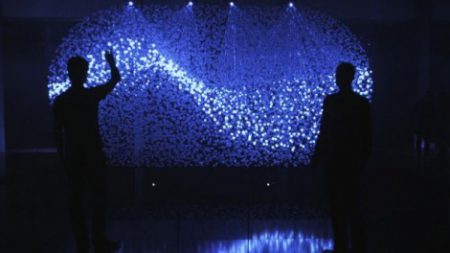
http://www.digitalmeetsculture.net/article/fluidic-sculpture-in-motion/
“They are constantly in motion, reacting and adapting with the people who seek to engage with the installation.”
Technology has allowed for the programming of algorithms to react accordingly through senses other than touch. FLUIDIC’s ability to register body warmth allows for the automatic arrangement of the floating spheres as well as the positioning and projection of laser lights. Generating both bright and dim light points, seamless graphical compositions are formed. Examples of this interactivity are evident around the 1 min 25 sec mark of the video below.
Amongst the various aspects of interactivity, FLUIDIC also supports the idea of behavioural art whereby the presence of people aka participants makes the artwork complete. With the lack of human interaction, the installation would not be able to display itself to its full ability. The idea of interactivity, in this case, is not subjected to a one on one relationship between the work and one other viewer. Instead, it allows for collaboration between anyone who is involved.
FLUIDIC portrays the idea of nature and flow in life through instinctive rhythms and ability to adapt as human motions are reflected in its dynamic arrangements. This idea was based on Hyundai’s identity to embrace harmony with rhythm. It’s 4 principles: fluid, dynamic, motion made easy and driving pleasure. The fluidity presented in this work mimics the organic movements of the human body hence why this installation was probably made to be interactive.
Speaking of all this interactivity, interactive art was first explored in the early 1960s. Nam June Paik’s Magnet Tv was one of the earliest examples of interactive media art. “Paik challenged the notion of the art object as a self-contained entity and established a process of instant feedback, in which the viewer’s actions have a different effect on the form and meaning of the work.” – Whitney Museum of American Art
The phrase “process of instant feedback” really stuck with me because I felt that it is the key achievement in Paik’s production of his work. Without this ability for technology to react instantly, the interactive quality would not have been as engaging and exciting. As one of the pioneer interactive works, Magnet TV “anticipated the participatory nature of much contemporary art.” Increasing technological advancements have undoubtedly led to the evolution of today’s work where cybernetics and behavioural art plays an important part in contemporary art.
Explained: Understanding Hyundai’s Fluidic Sculpture Design Philosophy
http://www.digitalmeetsculture.net/article/fluidic-sculpture-in-motion/
Fluidic – Sculpture in Motion by WHITEvoid




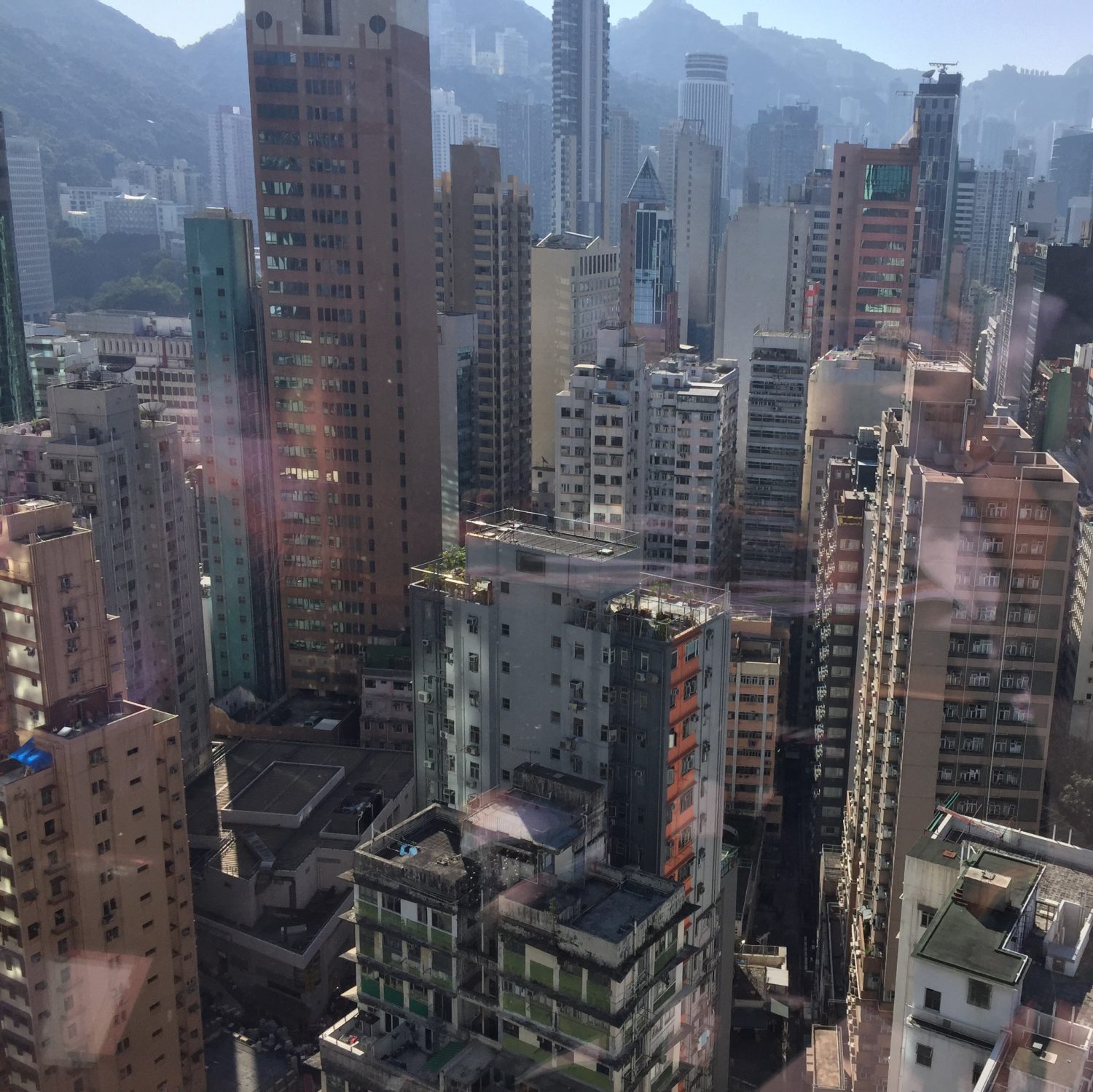








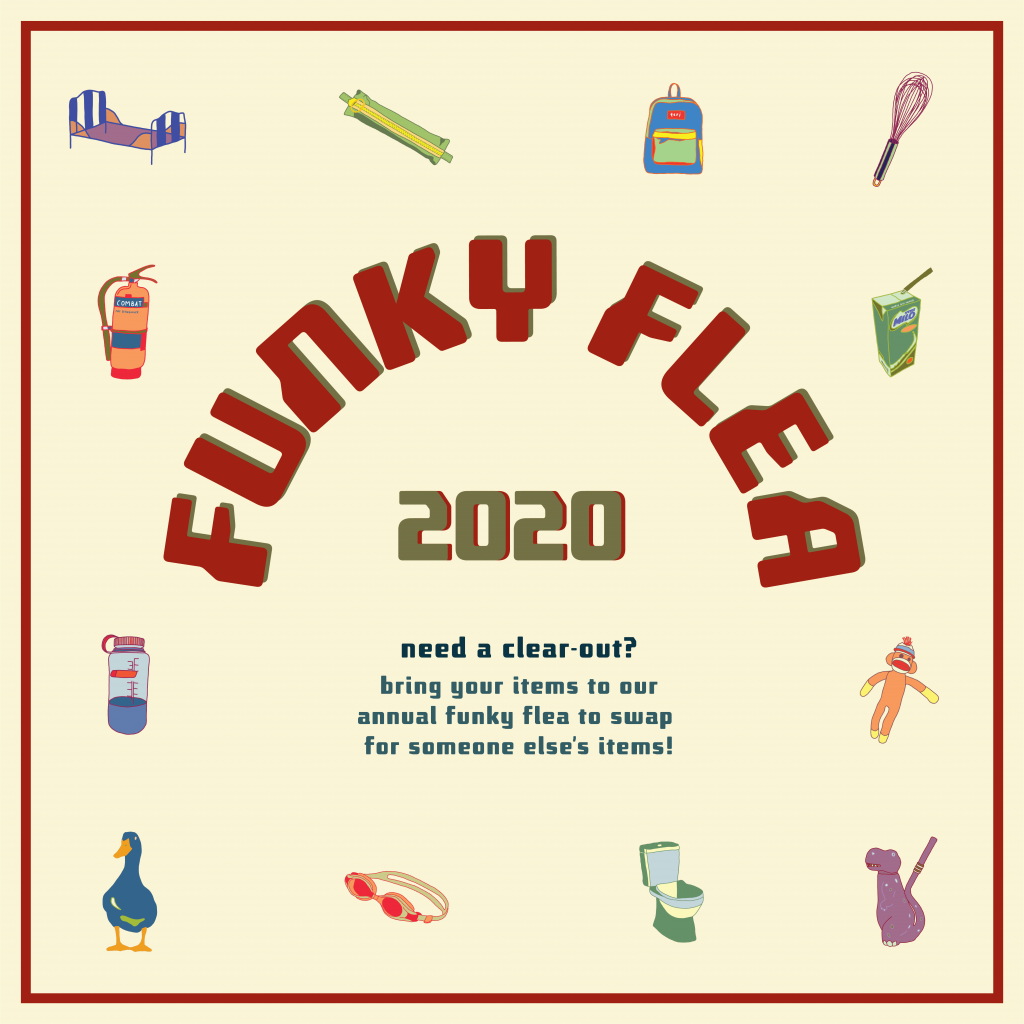

















 The idea : illustrating an unknown world within an existing world
The idea : illustrating an unknown world within an existing world




